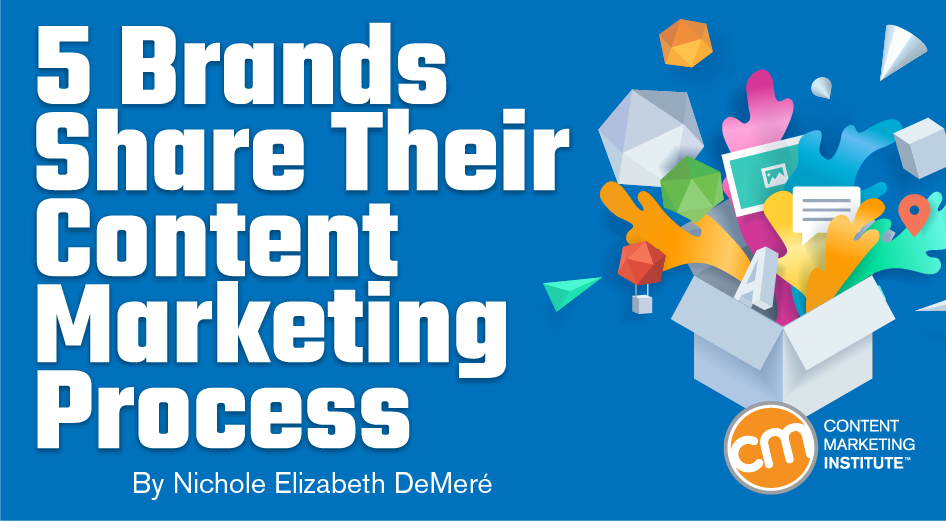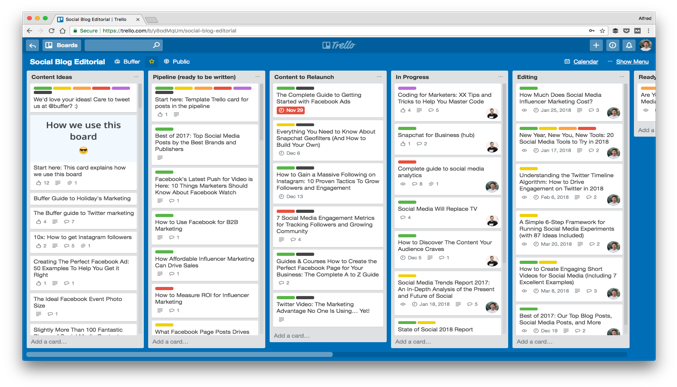Author: Nichole DeMeré / Source: Content Marketing Institute

It’s a hazard of the job for content marketers. When you read or see a piece of high-quality content, you wonder how it got created. You ask yourself, “What does this company do to create great content? Is it great for business too?”
The simple answer is high-quality content serves both audience and business. “It’s written in such an energetic and engaging way that it will trigger the audience to take actions,” says Massimo Chieruzzi, CEO of AdEspresso.
Nathan Ellering, head of demand generation at CoSchedule, says high-quality content is synonymous with highest-performing content. At his firm, that content includes five distinct characteristics: great topic, well-researched, optimized for search engines, comprehensive plus actionable, and optimized to capture leads.
Quality content is “powerful enough to stop people in their tracks, make them think, and debate with themselves or others. It is user-centric, capable of solving a user’s most painful challenges,” according to Hotjar’s Louis Grenier and Fio Dossetto.
Content marketing strategists from these three brands plus two more willingly shared how they ideate, strategize, and produce that high-quality content, and evaluate its success. Read on to get some tips and insight that you can incorporate into your content marketing process.
Massimo Chieruzzi, CEO, AdEspresso
Staffing
We have internal and external copywriters based on the topic. Data-driven articles usually are written in-house. We typically pay above market rates to secure the best writers and avoid high turnover.
Understanding
Every six months we review our buyer personas. We analyze the ROI of each one. We fine-tune them and sometimes add new ones or remove some. It helps us understand the needs of our customers and the problems they’re trying to solve with our product.
Each month we try to have a good editorial balance and have new content published for each buyer persona.
Listening
We try to listen to every signal regarding interesting topics we might cover in our blog: Twitter, Facebook, Quora, emails and, most of all, our customer support, which is usually the source with the better pulse on the situation when it comes to what users are looking for.
Creating
Once we define a topic, we write down a couple potential titles that might appeal to our users and are friendly for social sharing.
Focusing
We trained our editorial team to do basic SEO analysis using Moz and SEMrush to analyze the potential search volumes of the keywords targeted in the new piece of content.
Not every blog post needs to be a SEO hit but most of our traffic comes from Google, so we care about optimizing our content. That said, we’ll still cover a hot topic that can generate a big spike of traffic in the first few weeks mainly from social sharing.
We also compare search volume to purchase intent. For generic keywords, we need a high volume to justify writing the post. But for keywords that show high purchase intent, lower search volumes are fine because conversions could be higher with those posts than with the generic articles.
As part of this step, we also analyze if our existing content ranks for the keywords we want to target. If we do, we refresh that content rather than create something new.
Researching
To make every content piece unique, we run each blog post through our data-engineering team to see if it can extract meaningful data from our database to enrich the blog post and validate what’s written with real-world data.
Because we write about topics such as advertising in social media, our data from $30 million in monthly spending for Facebook ads gives us a huge advantage in using original data to produce useful content.
Finalizing
Once the content is finished, our editor-in-chief does a first review and works with the writer to have the post 100% aligned with our brand identity.
Before the content is published, we usually run a final SEO check to fine-tune the title, URL, and section titles. This process takes less than an hour and guarantees nothing has been overlooked.
Alfred Lua, content crafter, Buffer
Staffing
Our content, from creating to editing, from SEO to graphics, is produced in-house mostly by a team of two. Editor Ash Read plans the content strategy and edits the content, while I write most of it.
Planning
We rely heavily on our editorial Trello board to keep our blog running. (It’s public if you want to check it out.)

On a high level, we figure out what our audience wants to read by studying our blog post data and sending surveys to our subscribers. We find our audience prefers our long-form, educational blog posts around social media marketing.
We come up with content…
Audience Team
The digital audience insights you need to build, manage and market to your digital audiences.

